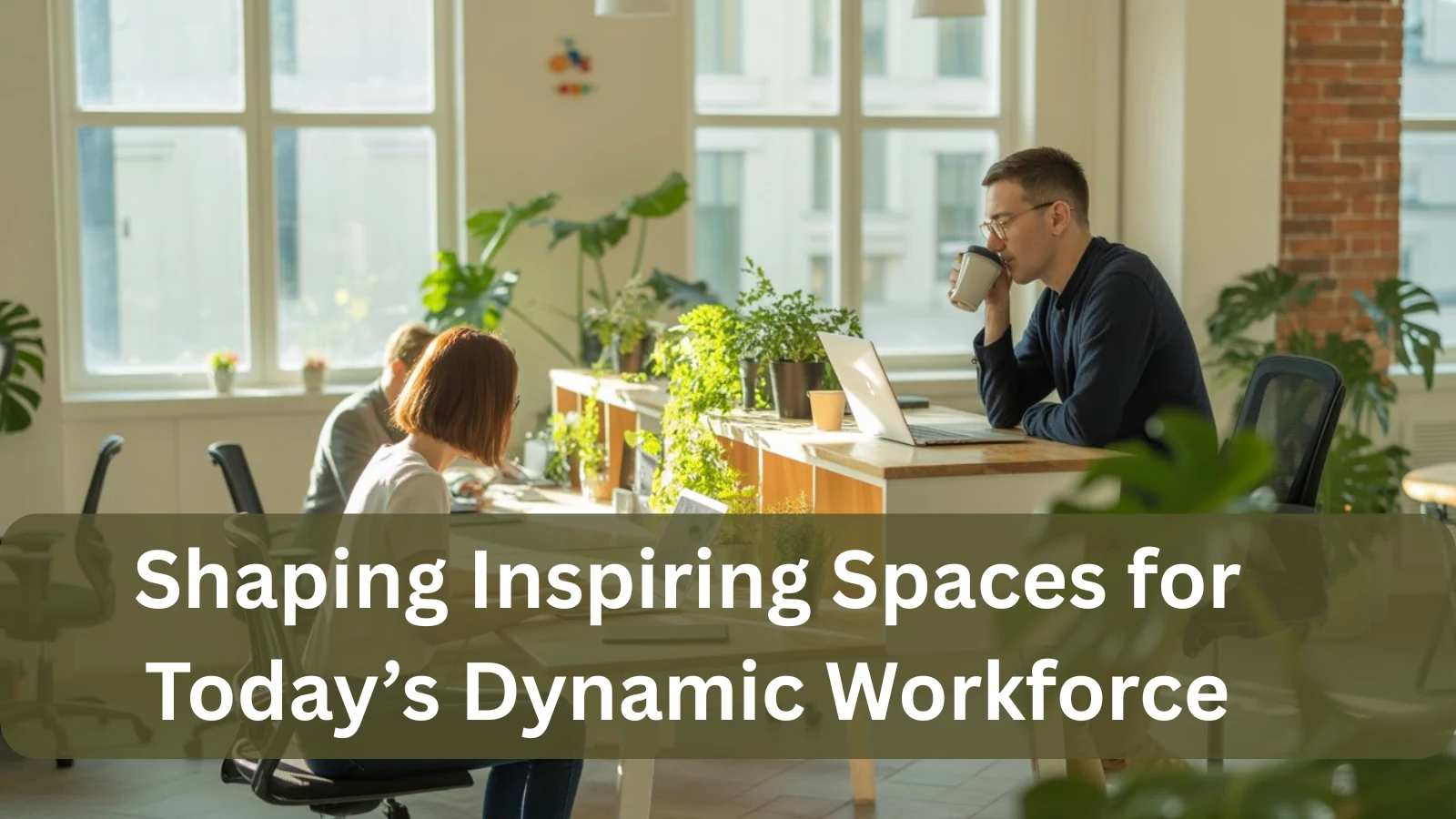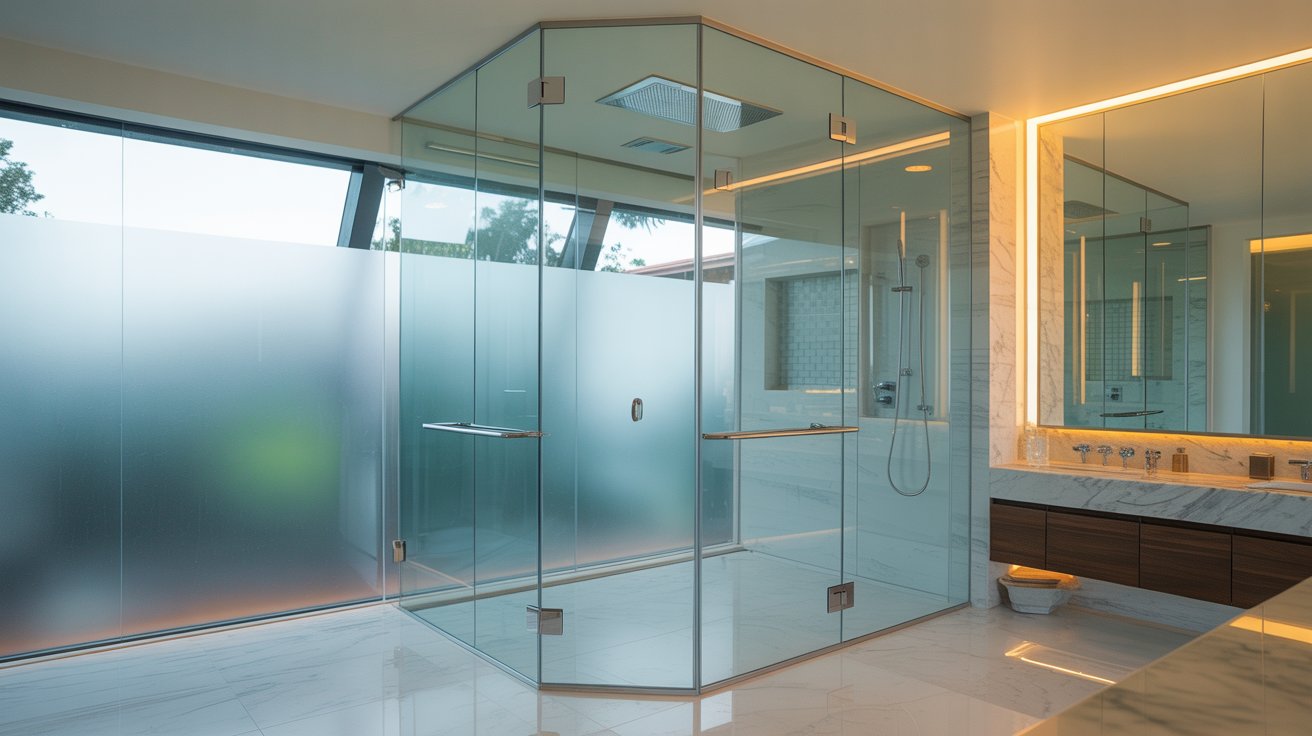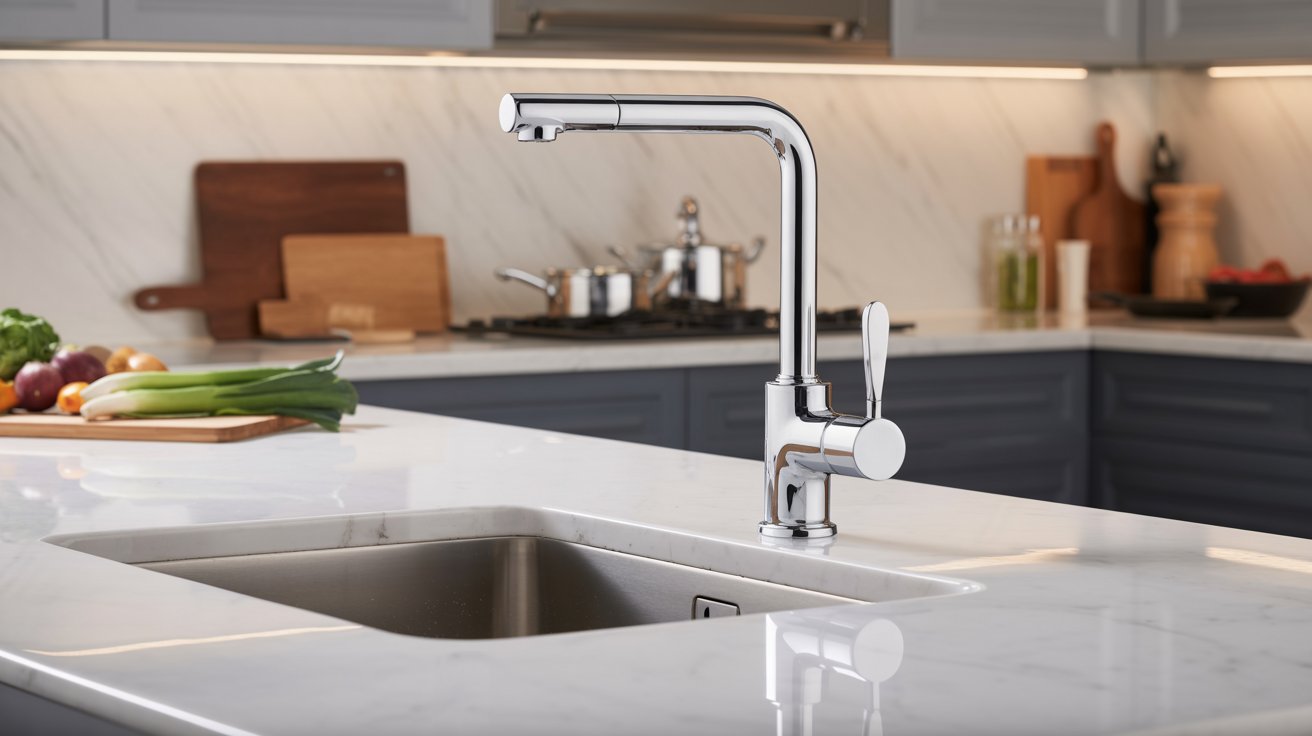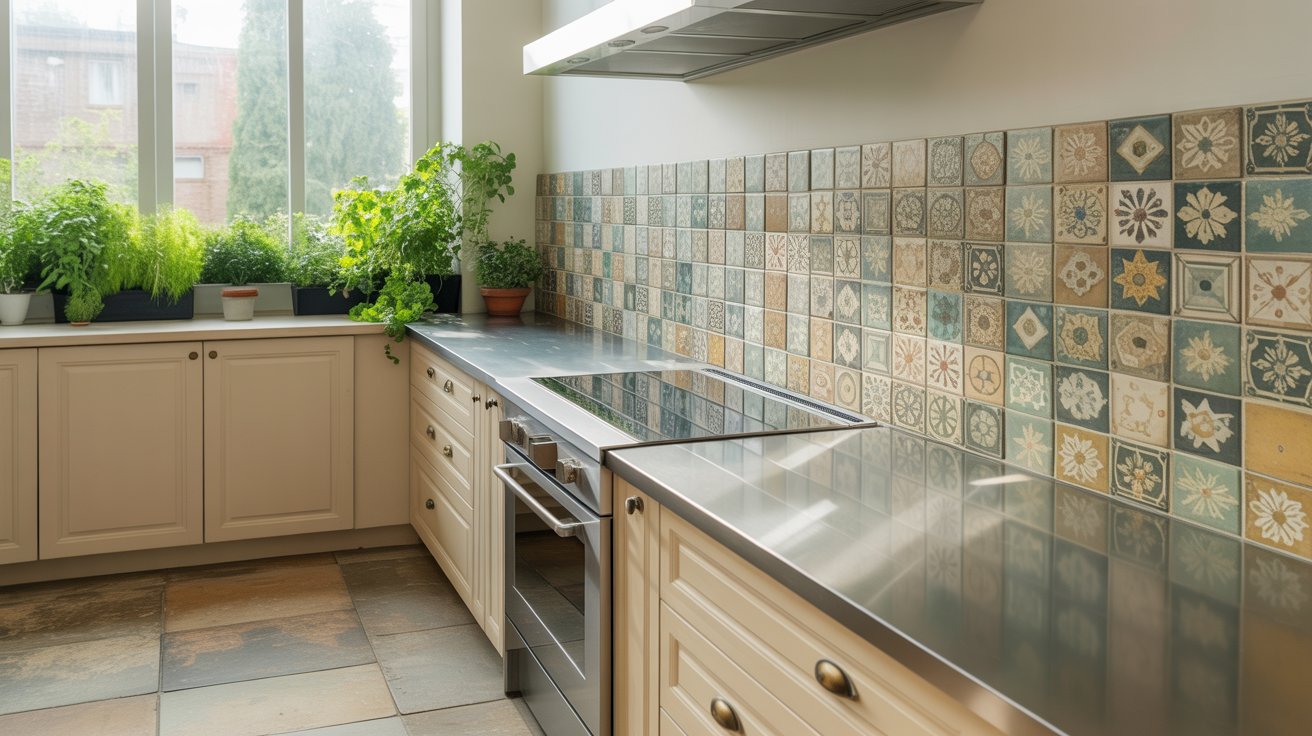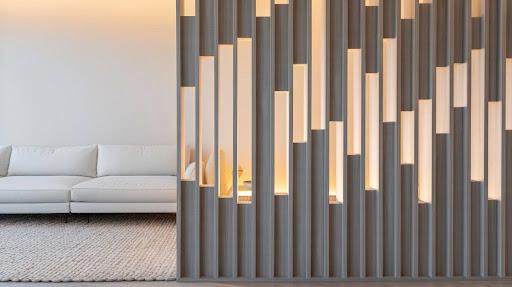In today’s fast-evolving work culture, co-working spaces have emerged as hubs of innovation, collaboration, and flexibility. But behind the buzzwords and bean bags lies something more important: designs with purpose. Thoughtful interior design isn’t just about what looks good on Instagram but about creating an environment that meets the emotional, functional, and professional needs of the people who use it.
As more people opt for flexible work arrangements, the demand for well-designed shared spaces grows. Whether you're planning a new location or refreshing an existing one, these design tips will help you create a space that feels inspiring, inclusive, and intuitively useful.
Think Modular, Think Flexible
There are no more fixed desks and strict layouts of the past. Contemporary workers require areas that change alongside their working day. One may begin the day with heads-down activity but move on to collaborative work around lunch, and take a call in the afternoon.
How to do it:
- Spend money on modular furniture, tables that combine, divide, and rearrange whenever the need arises.
- Install partitions or curtains that will allow you to generate instant nooks or meeting spaces.
- Choose multi-use pieces: a bookshelf that functions as a space divider, ottomans that double as storage.
- A flexible design is bound to invite movement, creativity, and comfort,and that is what keeps people coming back.
Design for Diverse Workstyles
Co-working users are as varied as their laptops. Freelancers, startups, remote employees, and creative writers all use these spaces differently. A great interior design creates zones with intention, as in:
- Quiet zones for focused solo work, with high-backed chairs or acoustic pods.
- Open collaborative spaces that include communal tables, whiteboards, and writable surfaces.
- Private, client call, or team huddle rooms.
- Screen break relaxation zones that come with soft seating, natural texture, and ambient lighting.
It is not about cramming everything in but about creating flow. Allow the space to determine where the users should go based on how they want to work.
Comfort Is a Necessity
Comfort doesn’t just mean a good chair (though that’s a start). It means designing with all five senses in mind. When a space feels good, people stay longer, return more often, and engage more deeply.
What to include:
- Ergonomic furniture: Adjustable chairs, sit-stand desks, footrests.
- Thoughtful lighting: Incorporate natural light where possible, in addition to warm and inviting lighting.
- Acoustic treatments: Wall panels, curtains, rugs, and ceiling baffles to reduce echo.
- Climate control: Zoned heating and cooling, especially in open layouts.
A well-balanced space feels effortless, and that’s no accident.
Bring the Outdoors In
Biophilic design is a proven way to reduce stress and boost creativity. And in often tech-heavy, fast-paced workspaces, that natural grounding makes a difference.
Easy biophilic wins:
- Plants, everywhere. Not just one potted fern. Go big with hanging gardens, planters between desks, and living walls.
- Use natural materials. Wood, bamboo, wood, and cork are materials that add warmth and texture.
- Maximize daylight. Design around your windows. Use sheer curtains, light-reflective surfaces, and open sight lines to spread the sun around.
When people walk in and see green, they breathe easier and work better.
Reflect Local Culture and Community
Cookie-cutter design doesn’t cut it anymore. Co-working spaces are increasingly rooted in their local identity, serving as community anchors as much as places to work.
Infuse your space with personality:
- Feature art from local artists or host rotating exhibitions.
- Include materials sourced locally, such as wood, textiles, or vintage furniture.
- Weave in your brand identity subtly through color palettes, typography, and design details.
A space that reflects its neighborhood helps members feel connected, both to the place and to each other.
Don't Skimp on Storage
One of the biggest challenges in shared workspaces is clutter. Without assigned desks, personal items can quickly take over the space. That’s why intuitive, attractive storage is essential.
Smart storage strategies:
- Provide personal lockers like digital locks.
- Include hidden storage in benches, ottomans, and communal furniture.
- Use cable management systems to keep cords out of sight but within easy reach.
A clean space equals a clear mind. And nothing ruins a first impression faster than a tangle of wires or a pile of coats.
Integrate Tech Thoughtfully
Technology is the silent engine of every co-working space, but it should never get in the way of design. Seamless tech integration is what separates functional from frustrating.
Essentials:
- Abundant power access at desks, in lounges, even in the café area.
- Strong Wi-Fi, with the bandwidth to support video calls, streaming, and cloud services simultaneously.
- Smart meeting rooms, with plug-and-play AV, screen sharing, and good acoustics.
- Touch-free access to lights, thermostats, and booking systems for added convenience.
Design should support technology without letting it dominate.
Foster Connection Through Communal Design
Ultimately, co-working spaces thrive not because of desks or amenities, but because of the people in them. Great design fosters a casual connection without forcing it.
Ideas to build community:
- Create central gathering points like a kitchen island, café-style seating, or a coffee bar.
- Design for chance encounters with wide hallways, shared workbenches, or cozy nooks.
- Incorporate event-friendly layouts with movable seating and open-plan lounges.
In a world where many people work alone, design can quietly nudge them into collaboration, conversation, and community.
Curate a Strong First Impression
The entrance to your co-working space is more than just a doorway. It’s your handshake, your first conversation, and your silent pitch to every potential member or guest who walks in.
How to make it count:
- Design a welcoming reception area with comfortable seating, clean lines, and natural elements.
- Use statement pieces like a bold light fixture, branded artwork, or a living wall to reflect your space’s personality.
- Ensure wayfinding is intuitive with clear signage and an open layout that invites exploration.
- Incorporate a signature scent or playlist to create a memorable sensory experience.
That first moment inside sets the tone for everything that follows. Make it warm, inviting, and unmistakably yours.
Interior design isn’t just decoration, it’s storytelling. It’s culture-building. It’s experience-shaping. In co-working spaces, where so many diverse people converge to create, hustle, and grow, your design choices matter.
When design is done right, the space becomes more than just a backdrop for work; it becomes a catalyst. It energizes teams, sparks ideas, fosters belonging, and supports every version of what “a productive day” looks like. Whether someone is launching a business, leading a Zoom call, or simply looking for a break from working at the kitchen table, the space should feel ready for them. At Lemon Interiors, we understand this philosophy deeply. Known as one of the most versatile interior designers in Kochi, we specialize in creating personalized, artful spaces that don’t just look beautiful but elevate how people live and work. By designing for comfort, connection, and identity, you’re creating an ecosystem that supports the future of work, and that’s a space worth building.



